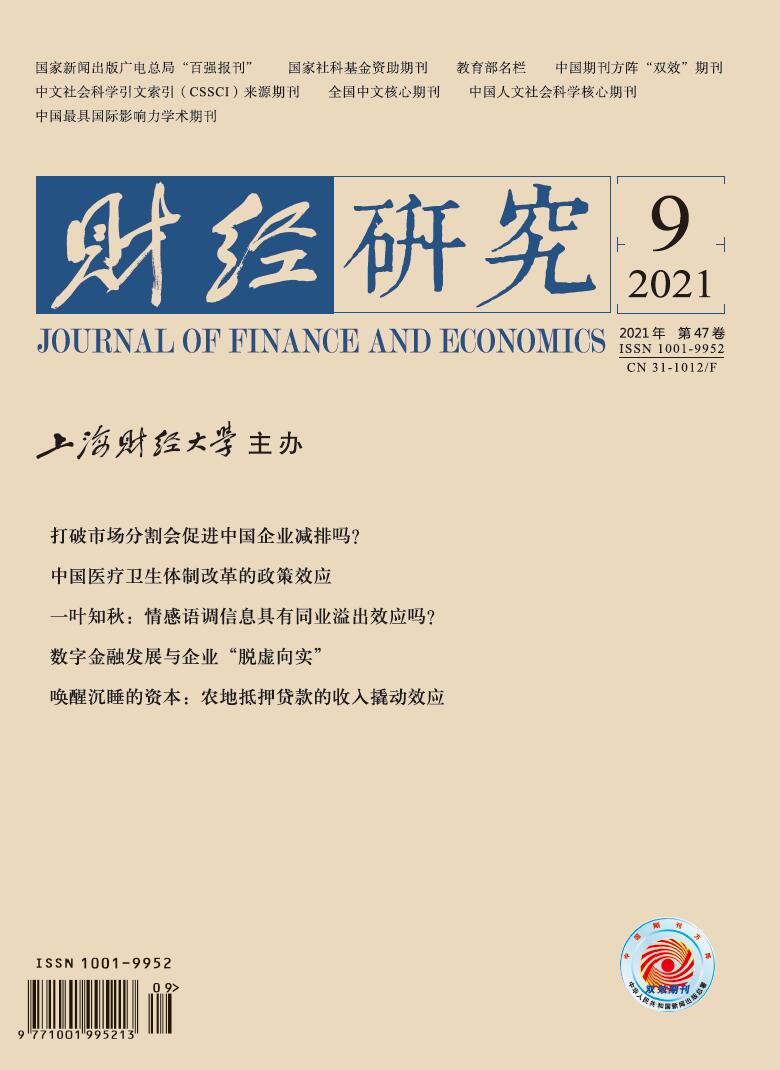The digital wave drives the reconstruction of GVC and provides manufacturing enterprises with an opportunity to achieve GVC upgrading. How to fully release the digital effect and help enterprises break through the low-end lock-in dilemma in GVC has become an important issue. Through the literature review, it is found that the advanced attributes of digital elements and their trade growth effects have been basically recognized in theory. Unfortunately, more convincing quantitative research and micro evidence are scarce. The more critical problem is that the “globalization” and “fragmentation” production characteristics of digital elements directly break the source structure that digital input is limited to domestic.Under the background of the increasing risk of global value chain rupture, ignoring the important role of the digital elements of “other countries” and paying general attention to the effect of digital trade income are prone to lead to wrong conclusions.
This paper fully considers the national attribute of digital investment, and comprehensively and objectively evaluates the digital effect. At the theoretical level, drawing on the research framework of Kee and Tang (2016), this paper decomposes the different performance of digital input from different sources in the process of creating domestic value added ratio in exports (EDVAR). At the same time, based on the WIOD input-output database, China’s industrial enterprise database and customs import and export database, this paper empirically tests the micro effect of domestic and foreign digital input on EDVAR.
The results show that domestic digital investment has a significant role in promoting EDVAR, while foreign digital investment has a significant inhibitory effect on EDVAR. Input digitization affects EDVAR through cost plus and innovation channels, and depends on digital input from different sources, which has different performance in each channel. Digital trade barriers further aggravate the inhibition of foreign digital investment on EDVAR.
The research conclusions provide empirical evidence and policy basis for advocating Chinese manufacturing industry to walk out of the independent and controllable digital path and realize the “curve transcendence” of high added value creation. Specific policy implications include strengthening the domestic digital industry support of enterprises in GVC division; taking the cultivation of domestic digital industry as the goal, strengthening the strategic design of digital trade, and accurately introducing the core technology with the effect of supplementing the chain, extending the chain and strengthening the chain; advocating the digital trade liberalization and division of labor and cooperation, and reducing the flow barriers and procurement costs of cross-border digital elements.





 7124
7124  8601
8601

